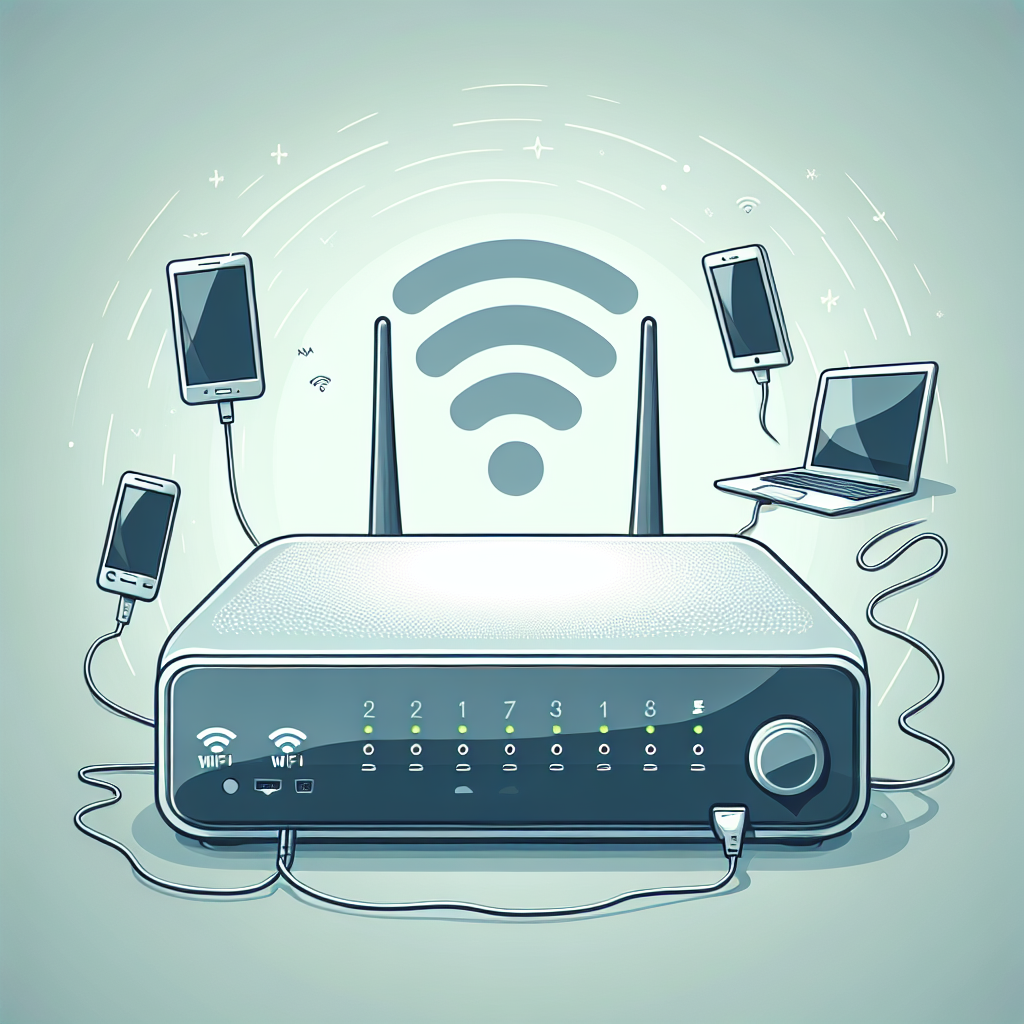Why is my router not broadcasting a WiFi signal?
Introduction
Is your router not broadcasting a WiFi signal? This issue can be incredibly frustrating, especially when you rely on a stable internet connection for work, entertainment, or communication. Understanding the potential reasons and solutions can help you get back online quickly. In this article, we will explore common reasons why your router is not broadcasting a WiFi signal and how to fix them.
Common Reasons for Router Not Broadcasting WiFi Signal
Several factors can cause your router to stop broadcasting a WiFi signal. Below are some common reasons and their possible solutions.
1. Power Issues
One of the simplest explanations could be that the router is not properly powered on.
- Solution: Ensure that the power cable is securely connected and the power outlet is working. Verify that the router’s power indicator lights are on.
2. Firmware Problems
Outdated or corrupt firmware can cause the router to malfunction.
- Solution: Update the router’s firmware. Check the manufacturer’s website for the latest firmware version and update instructions.
3. Signal Interference
Electronic devices like microwaves, cordless phones, and even thick walls can interfere with your WiFi signal.
- Solution: Place the router in a central location, away from other electronic devices. Consider using a WiFi extender if you have a large area to cover.
4. Incorrect Settings
Check if the WiFi broadcast settings are configured correctly.
- Solution: Access your router’s admin panel and verify the settings. Ensure that the SSID broadcast is enabled and the correct channel is selected.
5. Overheating
Overheating can cause your router to stop working properly.
- Solution: Make sure your router has good ventilation and is not placed in an enclosed space. Clean any dust that may have accumulated on it.
Troubleshooting Steps
Here are some detailed steps to troubleshoot why your router is not broadcasting a WiFi signal:
Step 1: Power Cycle the Router
Sometimes, a simple power cycle can resolve the issue. Unplug the router, wait for about 30 seconds, and then plug it back in.
Step 2: Check Cable Connections
Ensure all cables are securely connected to the correct ports. A loose or disconnected cable can cause the WiFi signal to drop.
Step 3: Reset the Router
If all else fails, consider resetting the router to its factory settings. Note that this will erase all customized settings.
| Troubleshooting Step | Description |
|---|---|
| Power Cycle | Unplug the router for 30 seconds and then plug it back in. |
| Check Connections | Ensure all cables are securely connected. |
| Reset Router | Reset to factory settings if other steps fail. |
Advanced Fixes
If basic troubleshooting steps do not resolve the issue, consider the following advanced fixes:
1. Update Network Drivers
Outdated network drivers on your computer can cause connectivity issues.
- Solution: Update your network drivers to the latest version.
2. Check Device Compatibility
Ensure that your device is compatible with the router’s network settings.
- Solution: Verify compatibility with the router’s documentation and adjust settings if necessary.
When to Contact Support
If you have tried all the above solutions and your router still isn’t broadcasting a WiFi signal, it may be time to contact customer support. They can provide specialized assistance and may determine if the router needs to be replaced.
Conclusion
Understanding why your router is not broadcasting a WiFi signal can help you troubleshoot and resolve the issue more efficiently. By checking power connections, updating firmware, and addressing interference, you can often fix the problem yourself. If these solutions don’t work, don’t hesitate to reach out to your router’s customer support for further assistance.

